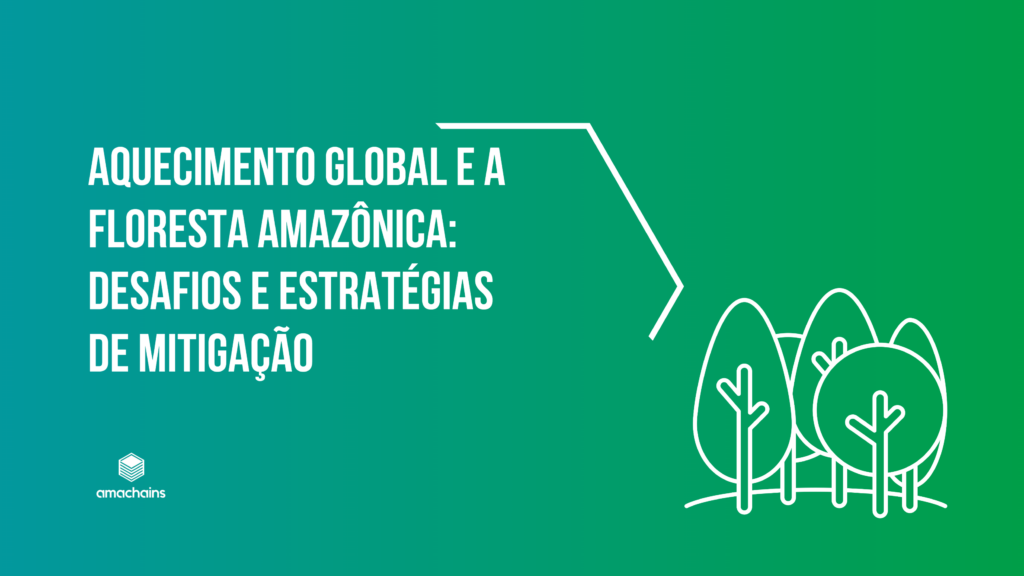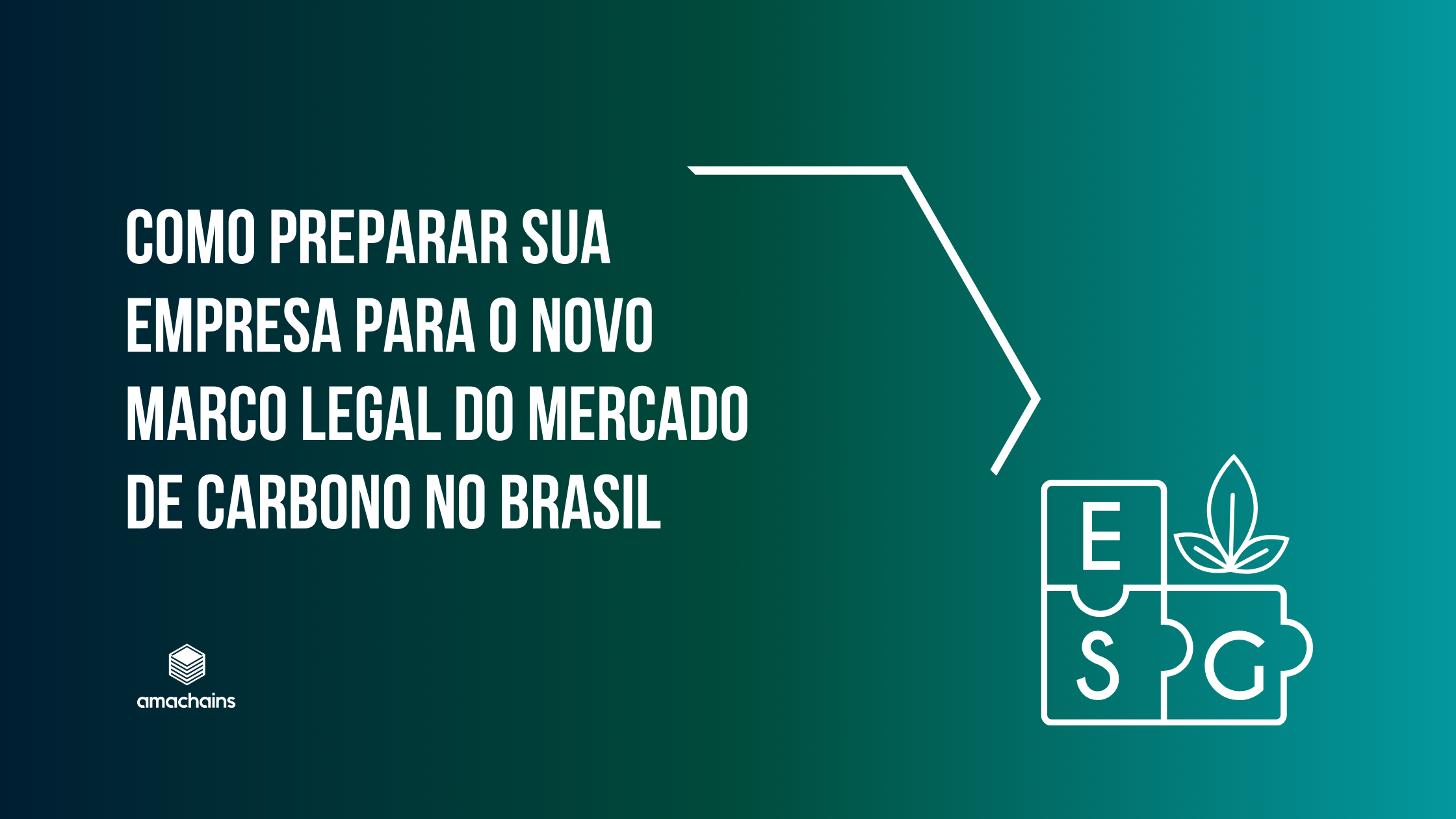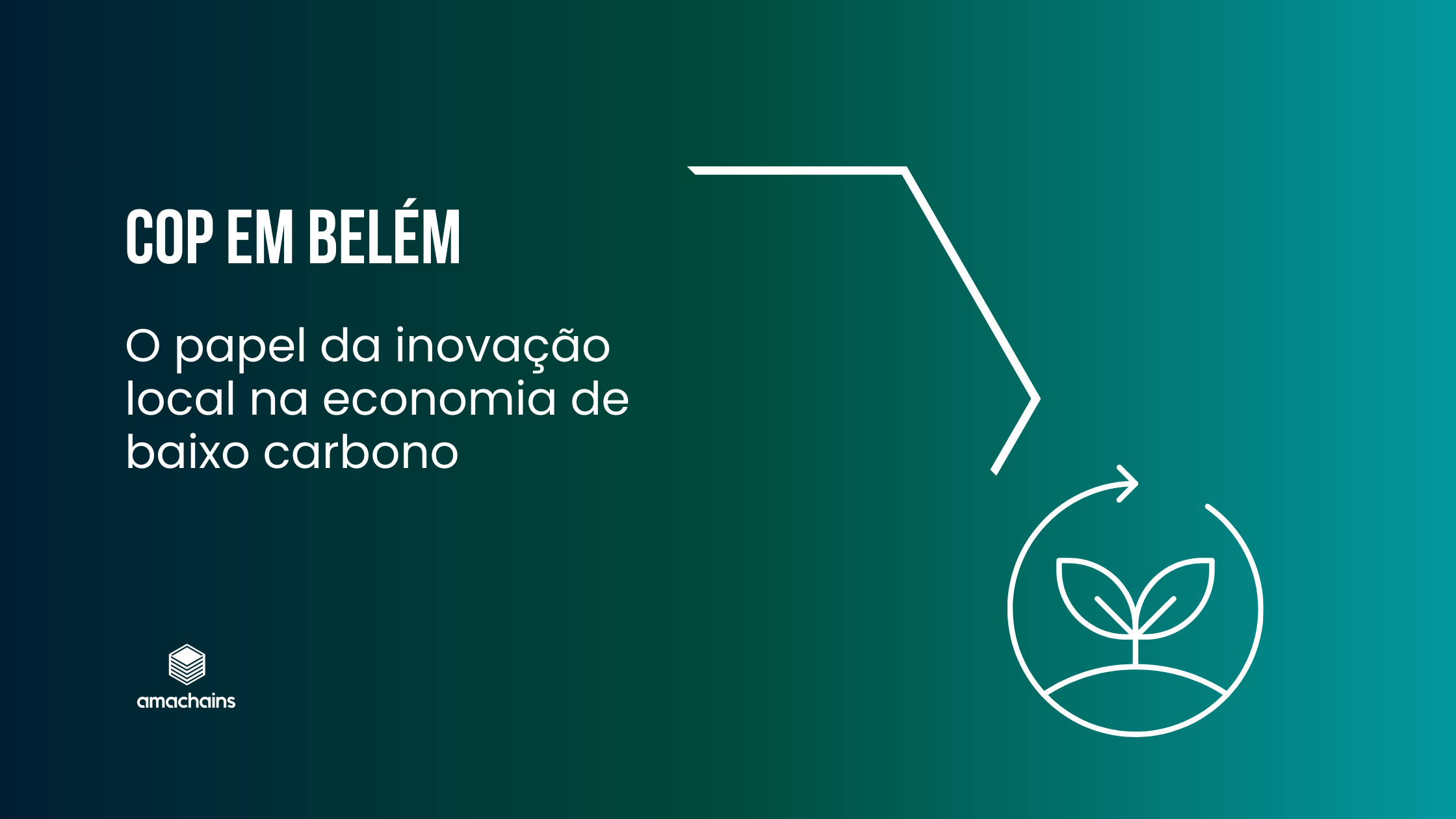Global warming, a result of increased concentrations of greenhouse gases in the atmosphere, represents one of the greatest threats to the environment and humanity. In the face of the climate emergency, measures to reduce the amount of carbon in the atmosphere are becoming increasingly important. In this context, the Amazon Rainforest, the largest tropical forest in the world, plays a crucial role in mitigating this phenomenon. The forest acts as a vast and important carbon sink, removing significant amounts of carbon from the atmosphere for its photosynthesis processes.
However, the forest itself is under threat due to climate change. This article examines the importance of the Amazon in mitigating global warming and how rising global temperatures are affecting this vital ecosystem.
The Amazon as a Carbon Sink
The Amazon is crucial to the future of the planet, not only because of its vast biodiversity, but also because of its ability to sequester carbon dioxide (CO₂) from the atmosphere. Amazon trees absorb CO₂ during photosynthesis, storing carbon in their biomass and releasing oxygen. It is estimated that the Amazon rainforest stores around 86 billion tons of carbon, playing a crucial role in regulating the global climate.
By sequestering large amounts of CO₂, the Amazon helps reduce the amount of this gas in the atmosphere, mitigating the greenhouse effect and, consequently, global warming. Without this contribution, CO₂ levels would be significantly higher, further exacerbating climate change.
The Powerful Ally Against Climate Change: Carbon Capture by Forests
The Influence of Global Warming on the Amazon
Although the Amazon is a key player in the fight against global warming, it is also extremely vulnerable to the effects of this phenomenon. Temperatures in the Amazon region have been rising, and this trend could have devastating consequences for the forest.
- Rising Temperatures and Water Stress
Rising temperatures cause changes in precipitation patterns, resulting in more frequent and intense droughts. Prolonged drought increases water stress in trees, reducing their ability to photosynthesize and, consequently, sequester carbon. In addition, water stress can lead to tree death, releasing stored carbon back into the atmosphere, which further exacerbates global warming.
- Forest Fires
Drier conditions also increase the forest’s susceptibility to fires. Wildfires are one of the main threats to the Amazon, destroying vast areas of forest and releasing large amounts of CO₂. In addition, fires degrade the soil and reduce the forest’s ability to regenerate, compromising its role as a carbon sink.
- Biodiversity Loss
Global warming is directly affecting the biodiversity of the Amazon. Many plant and animal species have specific temperature and humidity limits to survive. As temperatures rise and rainfall patterns change, many species may not be able to adapt quickly, leading to species extinction and biodiversity loss. The loss of key species can destabilize ecosystems and reduce the forest’s resilience to climate change.
Mitigation and Conservation Strategies
To mitigate the impacts of global warming and protect the Amazon, comprehensive conservation and sustainable management strategies are needed. Some of the main alternatives are highlighted below.
- Conservation and Reforestation
The conservation of intact forest areas is essential. Protecting unforested areas prevents the release of stored carbon and preserves vital ecosystem services. Reforestation and forest restoration programs are also essential to recover degraded areas, increasing the forest’s capacity to sequester carbon.
- Sustainable Forest Management
Implementing sustainable forest management practices helps balance the use of natural resources with forest conservation. This includes selective logging, promoting agroforestry, and applying sustainable farming techniques that do not require deforestation.
- Emissions Reduction Policies
Government policies and international agreements, such as the Paris Agreement, are crucial to reducing greenhouse gas emissions. Supporting REDD+ (Reducing Emissions from Deforestation and Forest Degradation) initiatives can provide financial incentives for countries and communities that protect and restore forests.
- Education and Involvement of Local Communities
Involving local communities in Amazon conservation is vital. Environmental education and sustainable development programs can empower communities to use forest resources sustainably, while benefiting economically.
- The carbon market and the incentive for preservation
One of the most important tools for combating global warming, the carbon market is a mechanism for incentivizing actions to reduce greenhouse gases in the atmosphere. The instrument creates remuneration models for initiatives to preserve forest areas through financing by those who pollute the most.
The Amazon rainforest plays a vital role in mitigating global warming by acting as a major carbon sink. However, rising temperatures and climate change are putting this ecosystem at risk, threatening its ability to contribute to climate regulation. Implementing conservation, reforestation and sustainable management strategies, together with emissions reduction policies and the involvement of local communities, is essential to protect the Amazon and ensure its continued role in the fight against global warming.








